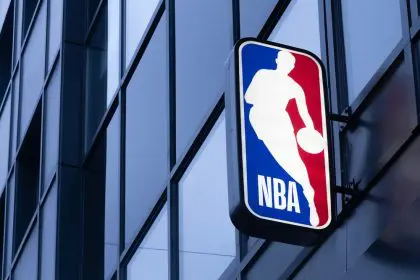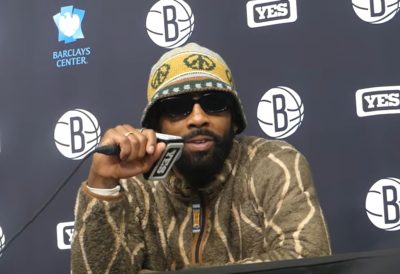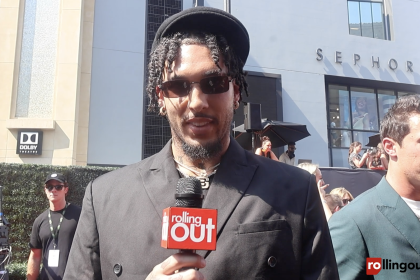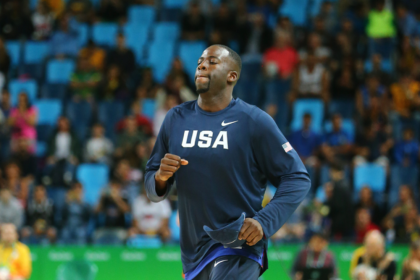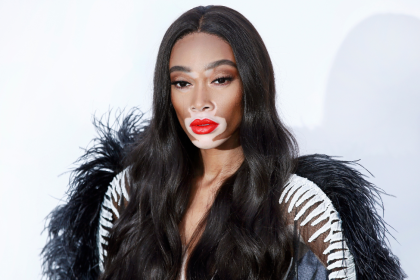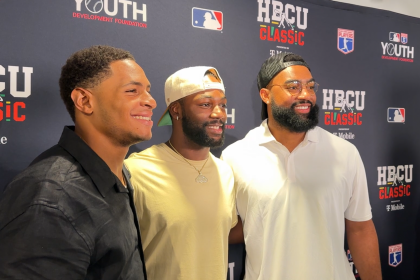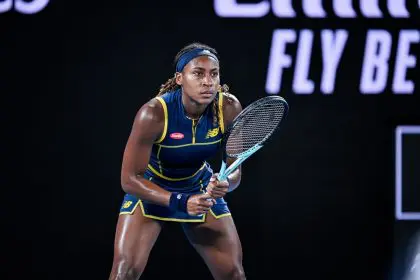
On February 1, 2014, the David Stern Era officially ended in the National Basketball Association. The man who ran the league for a generation stepped down after 30 years at the helm, three decades that saw the league explode in popularity, falter after the decline of its Golden Era stars, and then re-emerge as a powerhouse on the back of a new generation of stars led by a King in Miami.
There will be plenty of perspectives shared on the legacy of David Stern. His famously stubborn reputation, his heavy-handedness with owners and players, the polarizing nature of his personality taints a lot of the general public’s perception of the now-former commish. But the biggest question concerning David Stern and the league he’s now leaving behind has to be: did he save the NBA–as is so often asserted–or did he simply benefit from landing the commissioner job at the perfect time.
In the late 1970s, the NBA was far from must-see TV. The Finals were shown on tape-delay and, in some markets, not at all. The league’s image was one of thuggishness, due in part to the racism reflected in the media’s fixation on NBA players’ supposedly out-of-control drug abuse and also due to numerous violent altercations that seemed to happen on the court during every game. The league had also become predominantly black, and for a generation of white hoops fans that had been weaned on white superstars of the 60s like Bob Cousy, Jerry West and early 70s stars like Bill Walton, Rick Barry and Dave Cowans, the idea of rooting for an all-black league seemed to be asking a bit too much.
As most basketball fans now know, young superstars Magic Johnson and Larry Bird entered the league at the dawn of the 1980s and immediately garnered national attention. Joining the famed Los Angeles Lakers, Johnson was the flashy point guard from Michigan State who’d just beaten Bird’s Indiana State Sycamores for the 1979 national title; Bird was the blue-collar scrapper from rural Indiana who was now expected to be the savior of the Boston Celtics. Bird’s emergence was more significant than Johnson’s, in terms of national appeal. Bird was white–and he was very good. The perennial All-Star came along at a time when the league desperately needed a major white superstar; the fact that he was on the legendary Boston Celtics only added to his national appeal.
What also added to his appeal was the fact that he had a flashy black nemesis in Johnson. The drama of their rivalry would be the fuel that pushed the NBA to new heights. They didn’t meet in the NBA Finals until 1984. Just a few months before Bird’s Celtics bested Johnson’s Lakers in what was one of the most talked-about NBA Finals series in decades, Mr. David Stern had been named new commissioner of the league.
The 1984 NBA Draft was just a few weeks later. In that now-legendary draft, a few more future icons entered the league: Charles Barkley, Hakeem Olajuwon, John Stockton–and a guard from the University of North Carolina named Michael Jordan.
So the very same year that David Stern took over the league, he got the very first Magic vs. Bird NBA Final and he got Michael Jordan.
Stern saw the opportunity to grow the league exponentially. In Jordan, he had a dynamic star with an aggressive brand behind him (Nike) eager to showcase Jordan at every turn. And Stern jumped at the opportunity. For the next several years, Jordan, Magic and Bird were the faces of the NBA. A league that had previously marketed it’s flagship teams to generate interest was now pushing it’s superstars. In addition to those three, stars like Barkley and Isiah Thomas also became household names in Stern’s NBA. The league’s popularity exploded.
The peak of Stern’s marketing vision was the 1992 Dream Team. Comprised of NBA players for the first time, and featuring the aforementioned luminaries in Jordan, Johnson, Bird and Barkley, it helped grow the game’s popularity in Europe and South America. Countries that had previously focused on soccer and baseball were now building strong basketball programs. In a few years, the results of the Dream Team’s influence would be felt around the league, when foreign-born players began to be aggressively recruited by NBA teams.
Stern’s latter-career foibles have been well-documented; his inability to connect the game’s middle-of-the-road fans with the emerging hip-hop generation that inherited the game in the mid-to-late 1990s, the “new ball” fiasco, the Seattle Supersonics being forced to leave Seattle, the NBA having to assume ownership of a franchise (the New Orleans Hornets) because the team was in danger of folding; Stern then vetoing a Chris Paul trade to the Lakers during that tenure as acting owner of the Hornets, referee Tim Donaghy; Stern made his mistakes.
But he deserves some credit for seeing the growth potential in the NBA. The league had stars like George Gervin and Bernard King in the early 1980s, but they never became pop culture stars like Michael Jordan, Magic Johnson and Larry Bird would. That was because of Stern’s marketing savvy. But he and his supporters should also acknowledge the fact that he was handed a league with all of the pieces in place to go to the next level. So his legacy is equal parts individual brilliance and impeccable timing.



